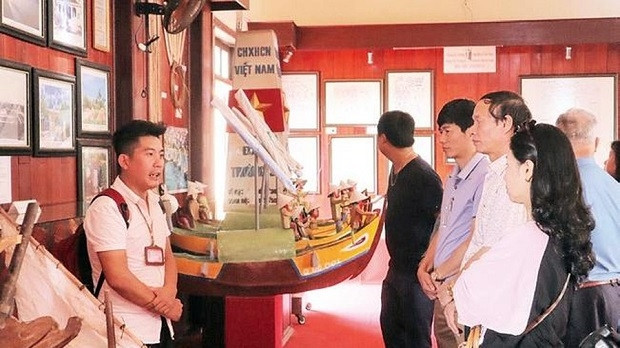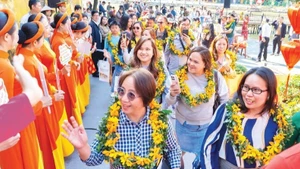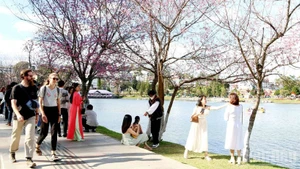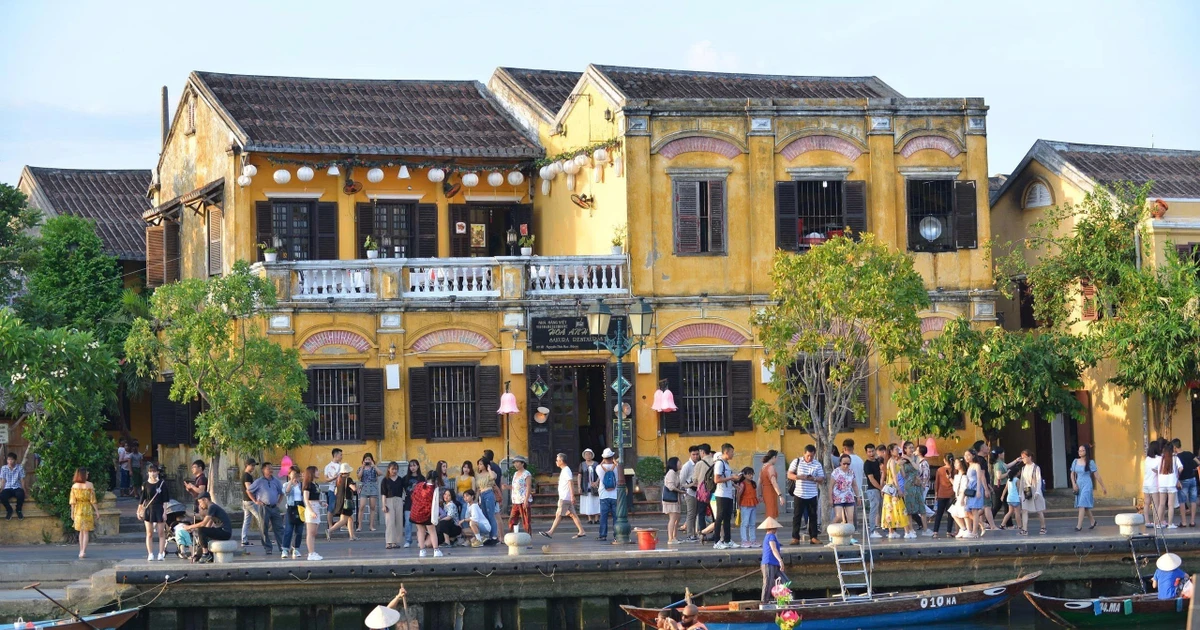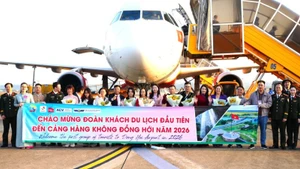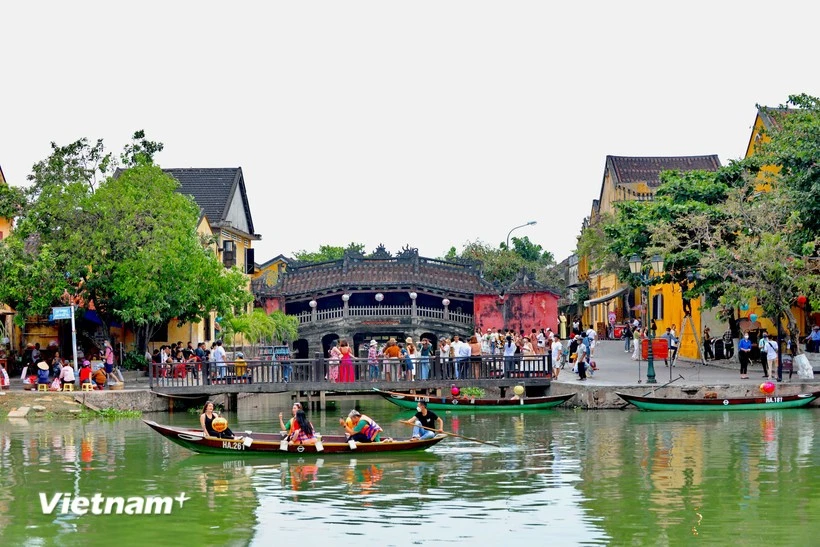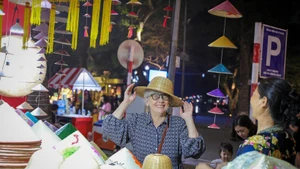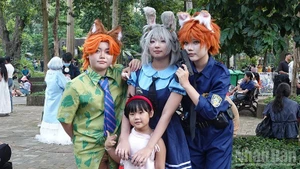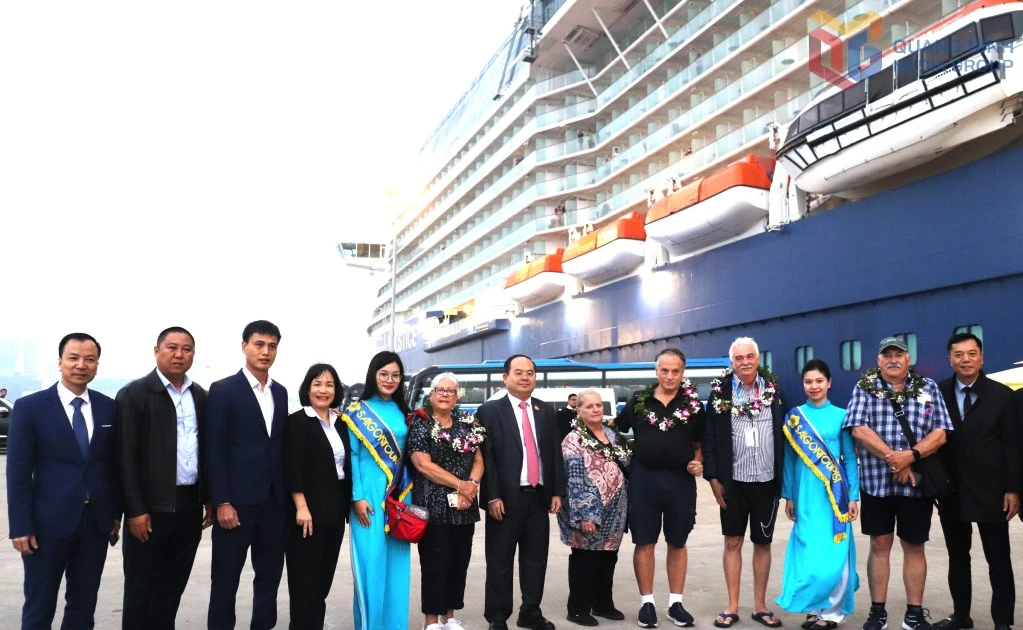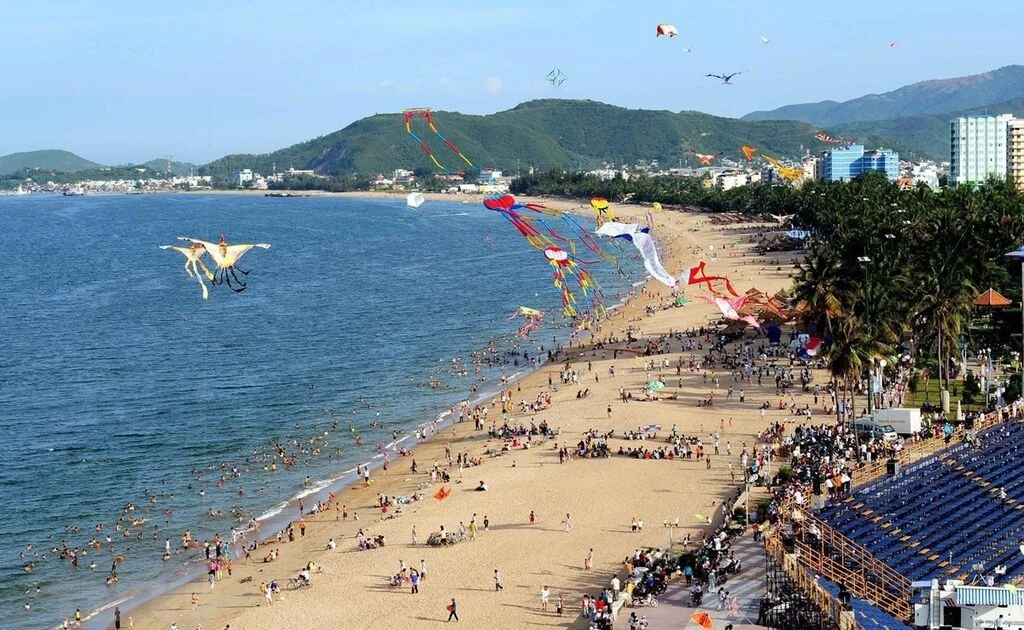The house was built in 2010 and covers a total area of around 400 square metres. A 4.5-metre-tall stone monument dedicated to the Hoang Sa Flotilla stands outside the house, with its base engraved with phrases asserting the country’s sovereignty over Hoang Sa Archipelago.
The three-room memorial house displays more than 100 objects and historical documents introducing Ly Son, the homeland of the Hoang Sa Flotilla, and activities of the flotilla.
There are also ancient documents and maps that were published at home and abroad, which assert Vietnam’s sovereignty over the Hoang Sa and Truong Sa archipelagos. Prominent among the maps include ‘Dai Nam Nhat Thong Toan Do’ (the Complete Map of Unified Dai Nam), published in 1834 during the reign of Minh Mang, which indicates that Hoang Sa and Van Ly Truong Sa belong to Vietnam, and ‘An Nam Dai Quoc Hoa Do’ (The Map of the Great Country of An Nam), drawn in 1838 by Frenchman Jean Louis Taberd, which depicts the archipelago of ‘Paracel seu Cat Vang’ (Paracel or Cat Vang), Hoang Sa Island, as being within Vietnam’s territorial waters. The maps provide convincing legal evidence of Vietnam’s sovereignty over the two archipelagos.
Thanks to its abundant source of scientifically confirmed documents and objects, the memorial house has been established as a trustworthy address for visitors to Ly Son Island to learn more about the country’s history and the predecessors’ service, thus raising their awareness and responsibility in safeguarding national sovereignty.
According to historical records, the Hoang Sa Flotilla was set up at the end of the 16th century and the beginning of the 17th century as ordered by the Nguyen Lords, with a mission to increase control over the Hoang Sa (Paracel) and Truong Sa (Spratly) archipelagos.
At that time, the Nguyen Lords selected 70 young men from central coast regions each year, mostly from Ly Son Island, to go to Hoang Sa to exploit marine resources.
Later, the team was also assigned to survey sea routes, plant milestones and set up steles affirming national territory in the Hoang Sa (Paracel) and Truong Sa (Spratly) archipelagos.
In 1815, King Gia Long ordered Hoang Sa Flotilla, under the command of Pham Quang Anh, a Ly Son islander, to cross the sea to Hoang Sa “for the exploration of sea routes”. In 1836, King Minh Mang, the successor of King Gia Long, ordered Pham Huu Nhat to command the flotilla to go to Hoang Sa to planting 10 wood tablets there as markers of the national sovereignty over the archipelago.

A requiem for the dead held as part of the “Le khao le the linh Hoang Sa” (Feast and Commemoration Festival for Hoang Sa Soldiers) ceremony
As their missions were full of dangers, members of the Hoang Sa Flotilla accepted that they would never return to land. Many of them laid their lives during the mission, and their families held a requiem with empty tombs.
The “Le khao le the linh Hoang Sa” (Feast and Commemoration Festival for Hoang Sa Soldiers) ceremony is held annually on Ly Son Island every third lunar month to pay tribute to the flotilla’s service.
The ceremony features a requiem for the dead, a procession of the four supernatural creatures, the release of lanterns, boat races, and the launching of replica boats carrying effigies of Hoang Sa-Truong Sa fleet sailors to sea.
The event, which was recognised as a national intangible cultural heritage by the State in 2016, is an important spiritual practice of Ly Son islanders.
